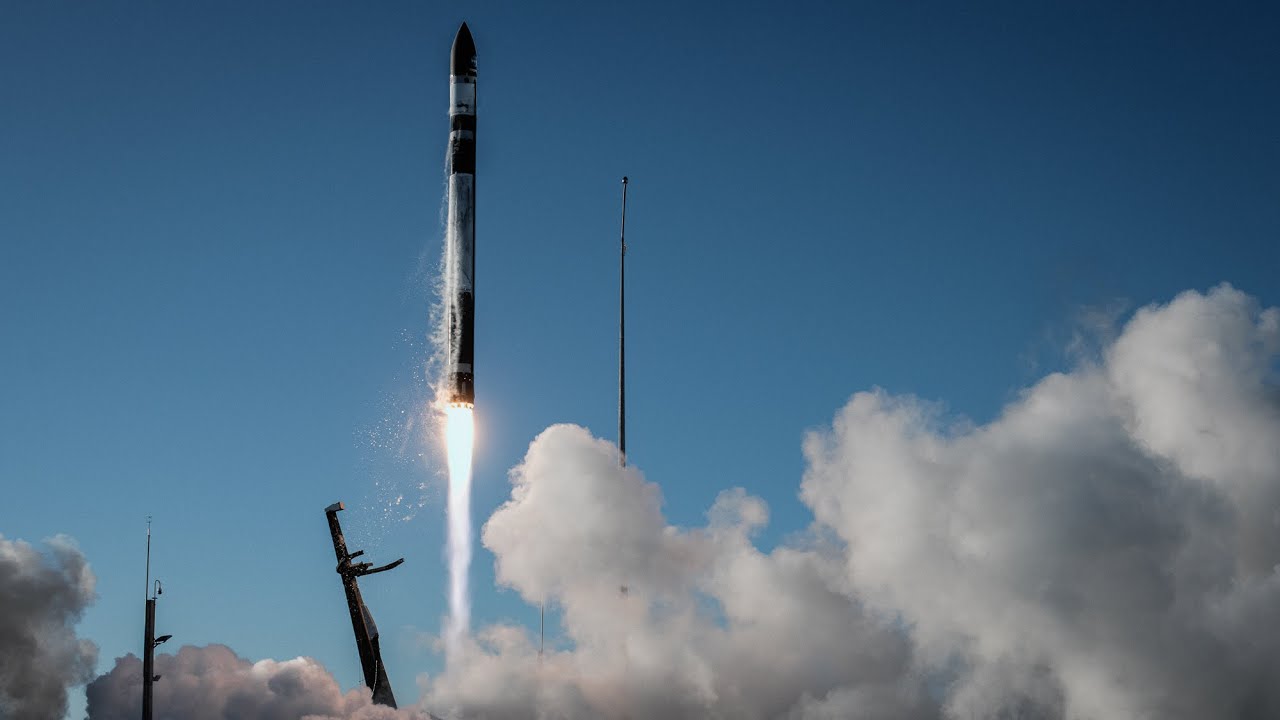Rocket Lab have released a statement on the investigation into the Electron launch failure on 2023-09-19 and the date for Electron’s return to flight launch, “Rocket Lab Sets Next Electron Launch Window, Provides Update on Anomaly Review”.
The September 19th mission completed lift-off, clearance through Max Q, and stage separation between the rocket’s first and second stage. At 151 seconds into the mission, high voltage from the second stage’s power supply system anomalously fell sharply. In less than a second, the stage experienced a total loss of power and was unable to reach orbital velocity to deliver the mission’s payload, subsequently re-entering the atmosphere and ending the mission. In accordance with Rocket Lab’s safety protocols, public safety was not affected.
After more than seven weeks of extensive analysis of the mission’s manufacturing, test, and flight data, the findings of the investigation overwhelmingly indicate that an unexpected electrical arc occurred within the power supply system that provides high voltage to the Rutherford engine’s motor controllers, shorting the battery packs that provide power to the launch vehicle’s second stage.
Exhaustive testing and analysis to recreate this failure mode has led to the investigation team’s determination that the arc was likely only made possible by the rare interaction of multiple conditions. Any one of these factors on their own would likely not have caused the failure of the second stage, but when they occur simultaneously in the low-pressure environment of space, they reach the threshold dictated by Paschen’s Law for an arc to form and travel. Paschen’s Law is an equation that breaks down the relationship between voltage, pressure environment, distance between electrodes, and presence of gas necessary for an electrical arc to form and travel.
⋮
This highly complex set of conditions is extremely difficult to predict and test for on Earth, even in simulated space conditions. To ensure the fault does not present again, Rocket Lab is implementing two key corrective measures – one designed to improve testing on the ground and another to eliminate the possibility of comparable arcs occurring in flight should similar faults evade the new enhanced testing process.
⋮
Rocket Lab will return to the pad at Launch Complex 1 with a dedicated Electron mission for Japan-based Earth imaging company iQPS (Institute for Q-shu Pioneers of Space, Inc.) during a launch window which opens on November 28th, 2023 and extends into December.
Here is more on Paschen’s law.

